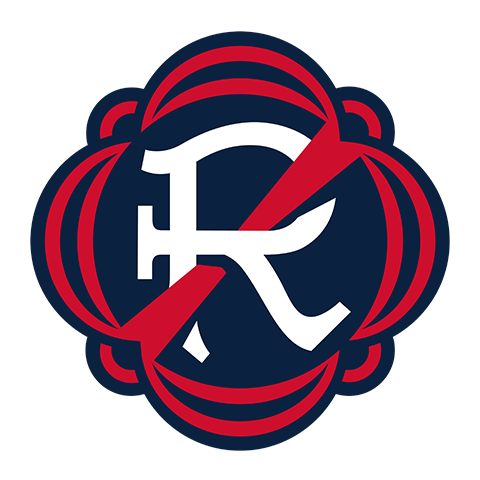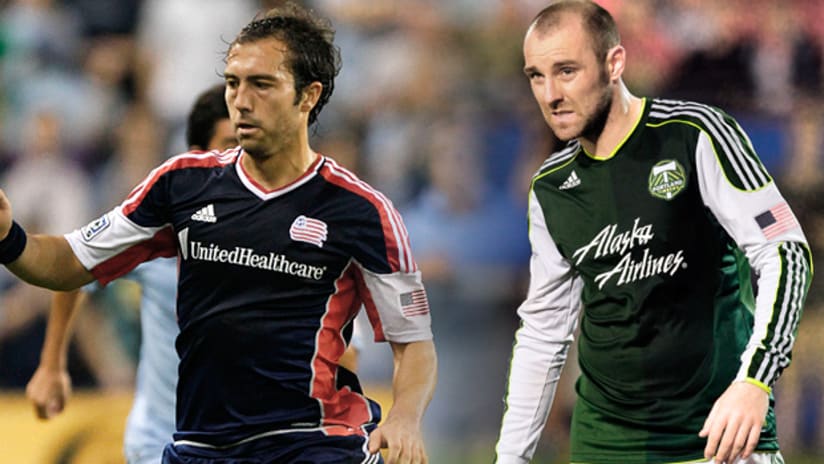FOXBOROUGH, Mass. – Portland Timbers forward Kris Boyd is going to win his fair share of aerial challenges on Saturday afternoon at Gillette Stadium. Of that the New England Revolution is sure.
The key for the Revs, then, is to control what happens after the burly 6-foot-1 target man gets his head on the ball. Boyd’s forward partner – expected to be either Jorge Perlaza or Darlington Nagbe – and wingers Eric Alexander and Kalif Alhassan thrive upon collecting the scraps from Boyd’s industriousness.
“He’s a player where you can’t always go for the first one – most of the time he’s going to win it – so the key becomes the second ball; reading it and having good spacing off the challenge,” said Revs head coach Jay Heaps.
Tracking runners and winning the second ball is something Heaps felt his side didn’t do well enough against the San Jose Earthquakes and Sporting Kansas City, which featured similarly physical forwards in Steven Lenhart and C.J. Sapong, respectively. Being alert to that second ball is something the Revs will focus on in training throughout the week.
“Boyd’s a great holdup player, there’s no question about it,” said defender Chris Tierney. “They’ll be looking to find him and they’ll have guys running off, so we definitely have to be sharp picking up the guys running off. That’s something we’ll work on in training the rest of this week and we’ll be ready for that.”
Another method of limiting Boyd’s influence is to cut off the initial service and prevent the ball from ever reaching the Scottish Premier League’s all-time leading scorer. But Heaps warned his side against the approach of pressing without purpose, cautioning his players that they must be smart with the timing and location of their pressure.
“A lot of it is cutting out the service and where the service is coming from,” Heaps said. “I think [Boyd’s] good when the ball goes wide in an attacking position and he’s good when the ball’s played from certain areas defensively.
“If pressed in the wrong way and they just lump one forward, they actually become dangerous because he’s going to collect the first ball,” Heaps added. “For us it’s going to be important to limit that service and if we can’t limit it, at least make it predictable.”










